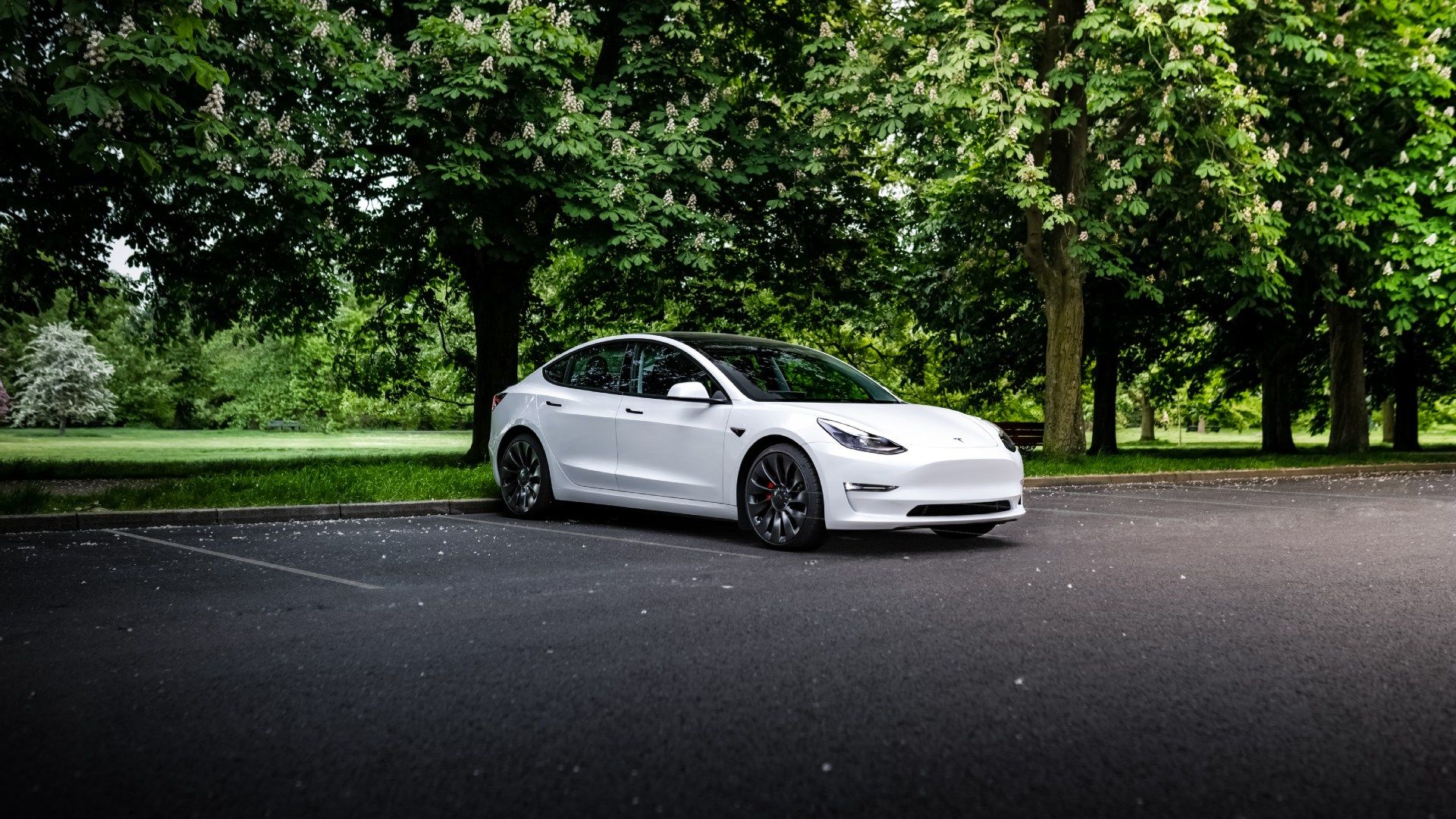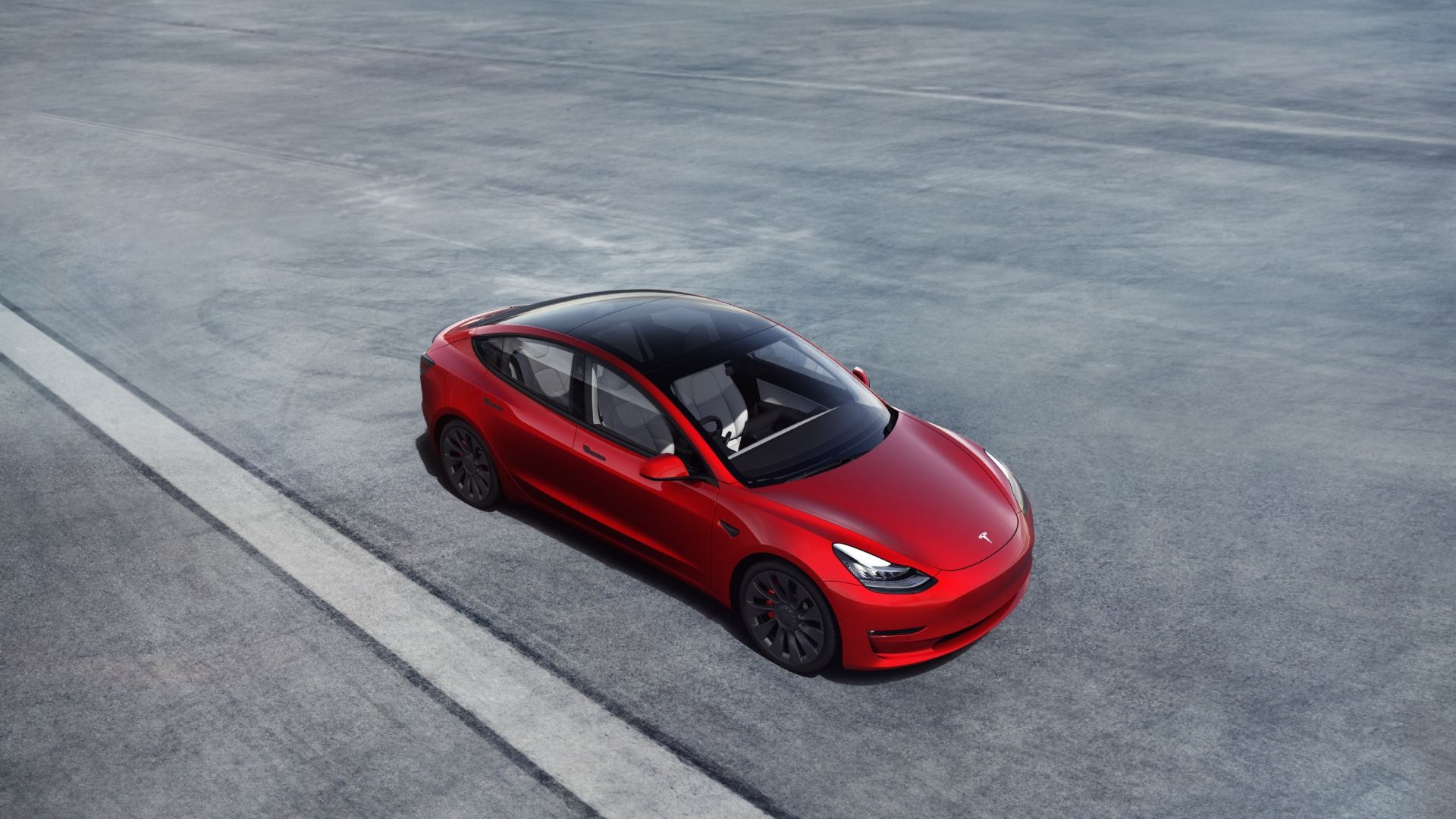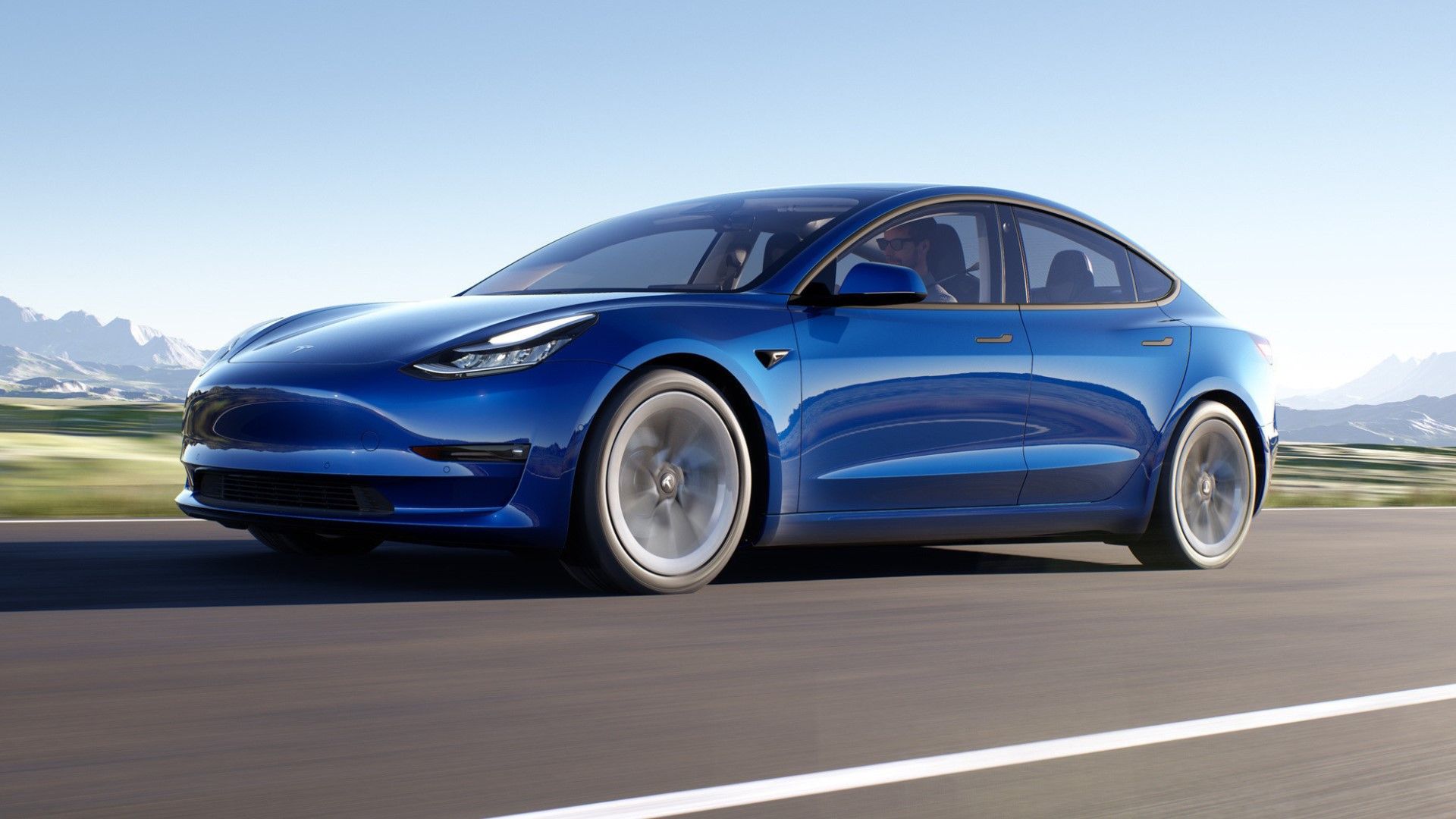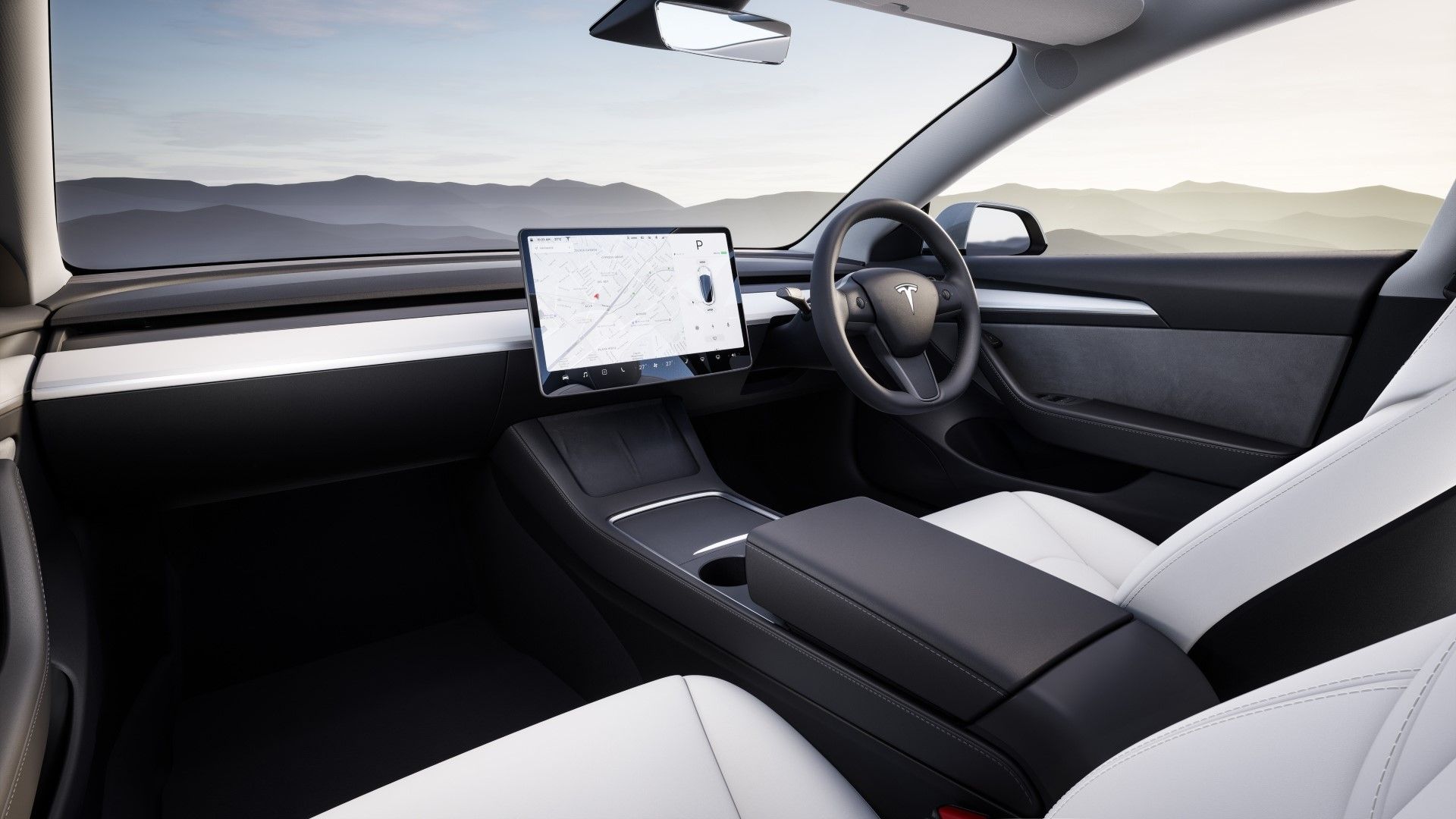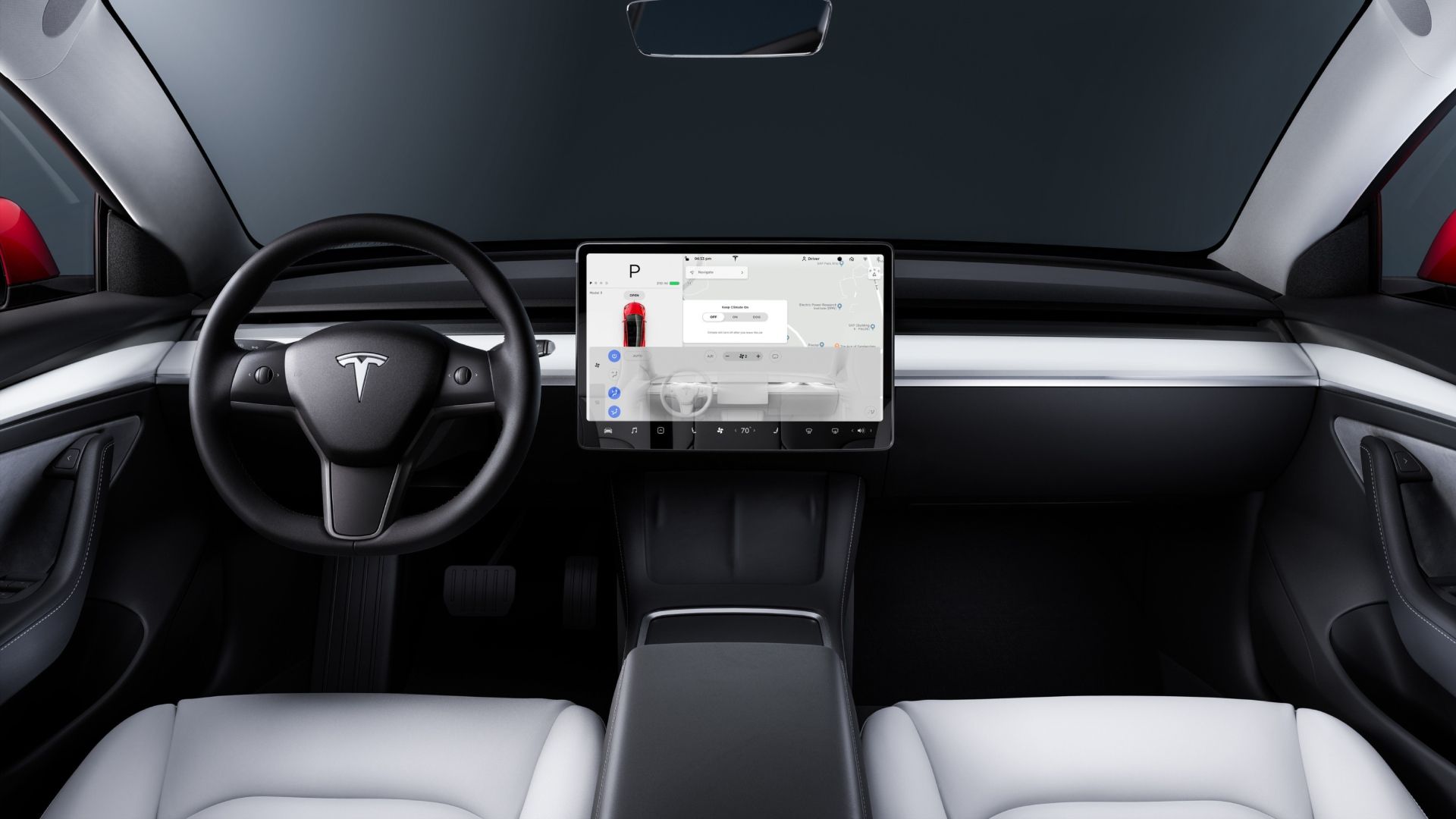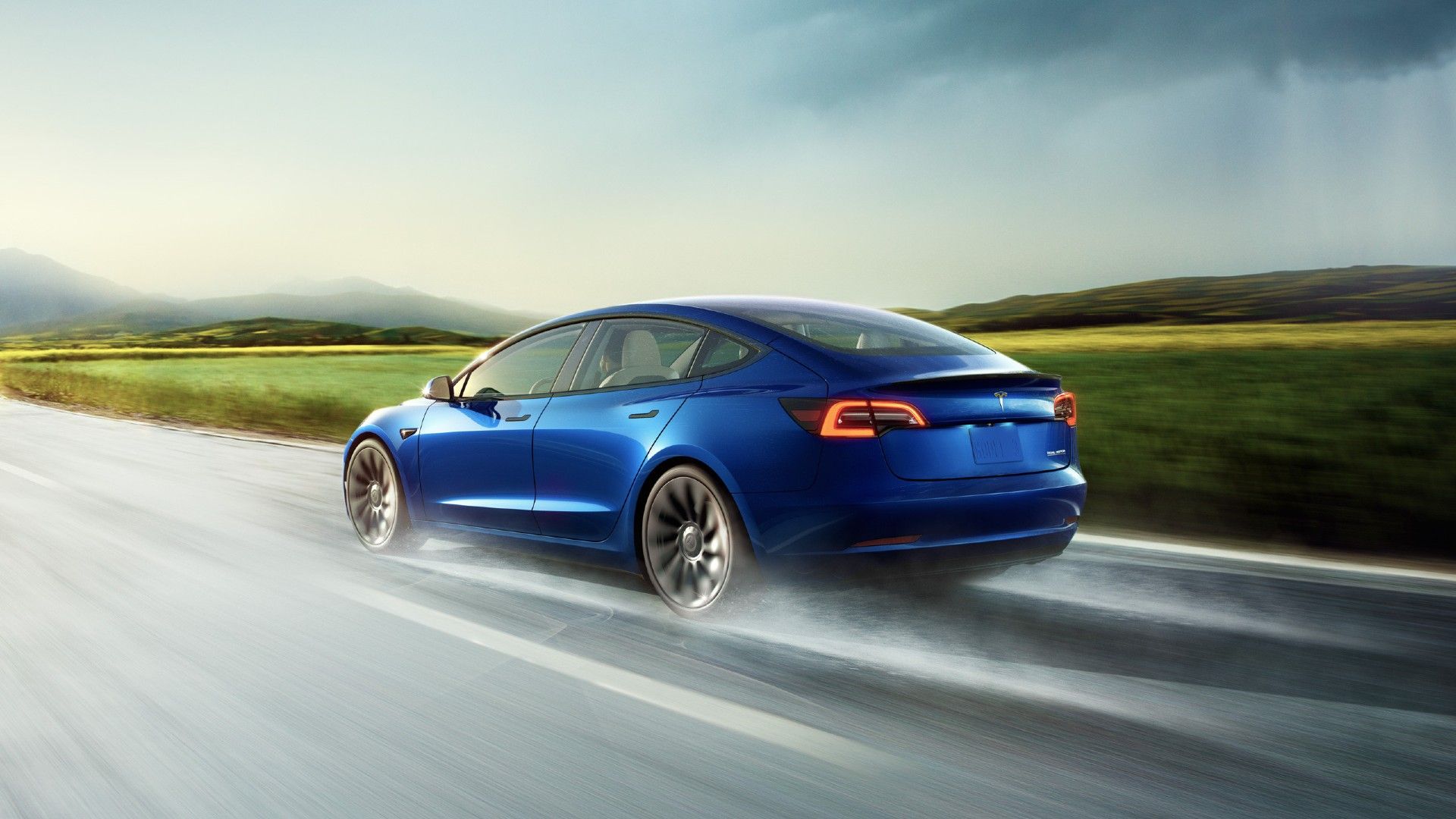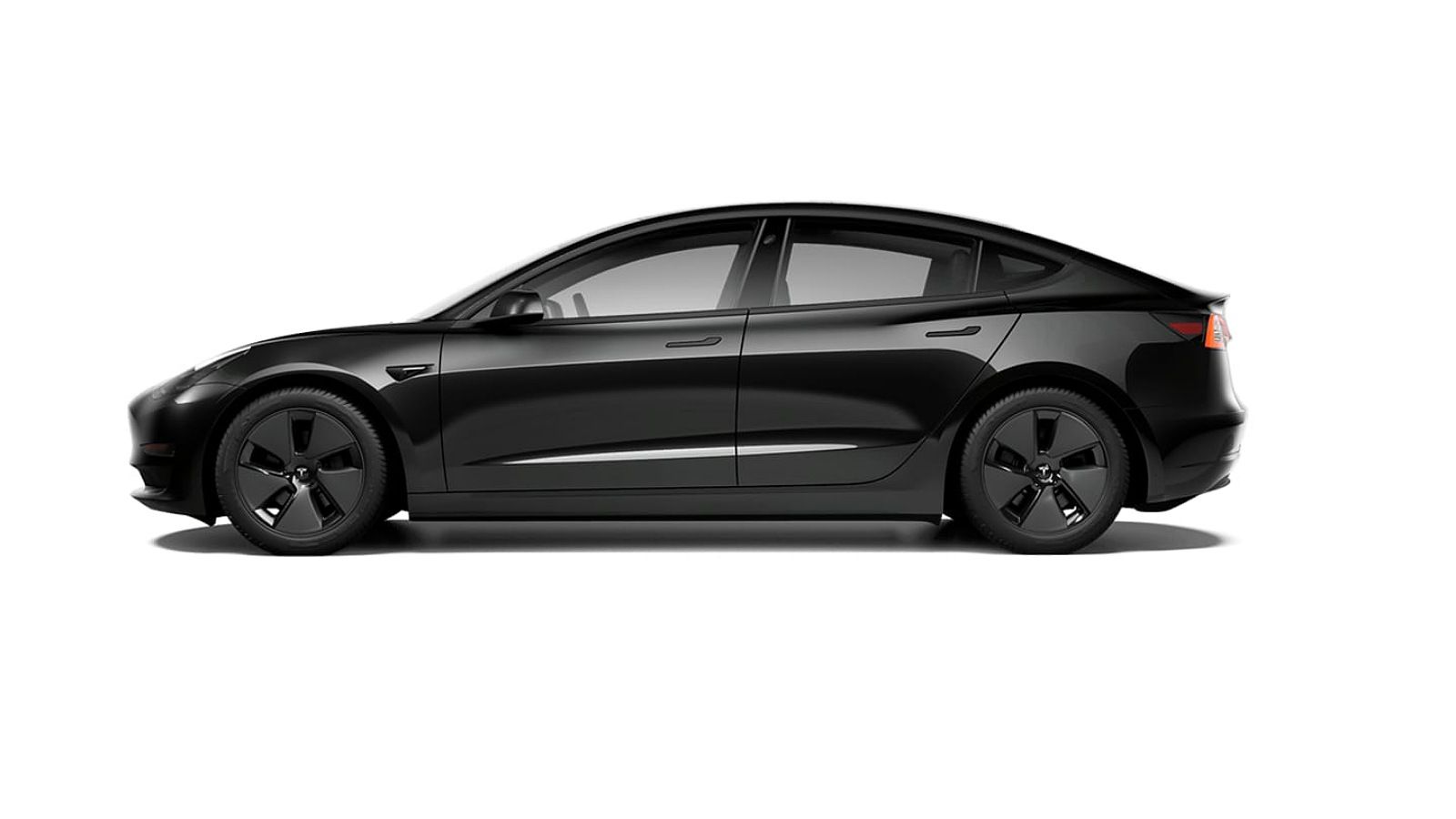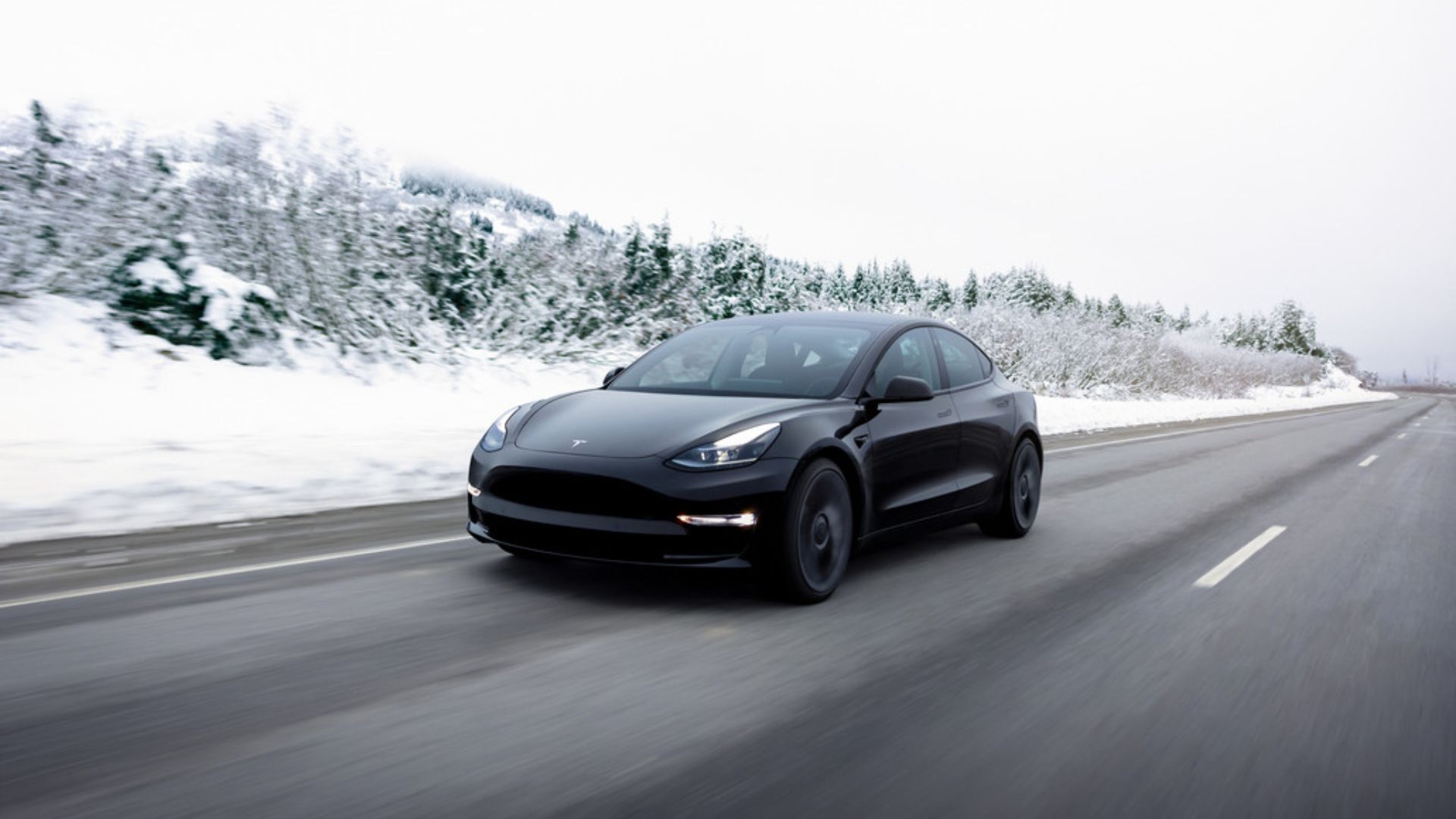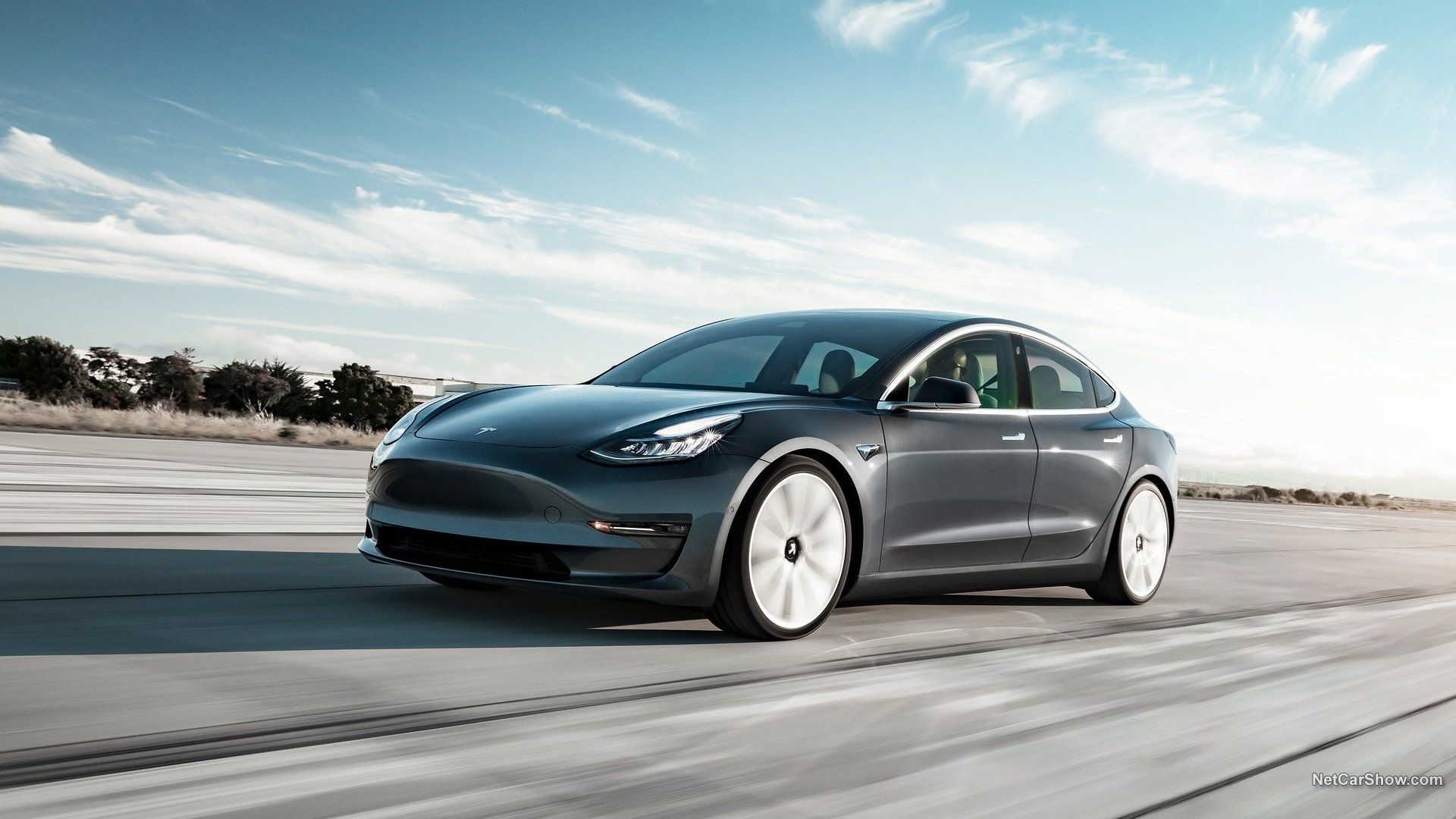Summary
- Tesla should prioritize improving the suspension calibration of the Model 3 to enhance its handling and safety on the road.
- The Autopilot system in the Model 3 should be updated to eliminate issues with phantom braking and improve engagement and disengagement.
- Tesla should address various quality control issues such as software glitches, door handle malfunctions, and paint peeling to improve the safety and reliability of the Model 3.
Established in 2003 under the visionary leadership of Elon Musk, Tesla revolutionized the automotive industry with its launch of the Tesla Roadster—an electric sports car that shattered conventional perceptions of electric vehicles. This groundbreaking achievement paved the way for the company’s ongoing innovation in the automotive sector. Subsequent releases, including the Model S, Model X, and Model 3, have captured the world’s imagination, showcasing the seamless integration of cutting-edge technology with elegant design. Furthermore, Tesla’s Supercharger network underscores its dedication to making electric vehicle ownership more convenient and accessible, enabling drivers to recharge their vehicles quickly and effortlessly.
The Tesla Model 3, a compact luxury sedan, exemplifies stylish design and advanced technology, turning heads on roads worldwide. As an electric vehicle, the Model 3 operates emission-free, contributing to a greener and more sustainable future. Its combination of luxury, performance, and sustainability sets new benchmarks in the automotive industry. While Tesla enjoys numerous successes, some improvements are worth noting. As the company continues to push the boundaries of innovation, addressing these areas of enhancement will further solidify Tesla’s position as a trailblazer in the pursuit of sustainable transportation.
1 A Suspension That Remains Stable
In luxury automobiles, issues such as creaking noises along with excessive and uneven tire wear can have far-reaching consequences on a vehicle’s handling and safety. Although, since the Tesla Model 3 has hit the market, consumers have quite evidently complained about the Model 3’s suspension. It seems the electric vehicle doesn’t sway with the wind, but rather with each bump in the road. Coming in with a starting MSRP of $40,240 and a luxurious interior, you’d expect the vehicle to perform just as well. The Tesla Model 3 would become infinitely better if Tesla were to work on the suspension calibration of the Model 3.
2023 Tesla Model 3 Specifications
|
Model |
Tesla Model 3 Standard |
Tesla Model 3 Long Range |
Tesla Model 3 Performance |
|---|---|---|---|
|
Powertrain |
Rear Electric Motor |
Dual-Motor Setup |
Dual-Motor Setup |
|
Horsepower |
271 Horses |
435 Horses |
455 Horses |
|
Torque |
310 Pound-Feet of Torque |
363 Pound-Feet of Torque |
487 Pound-Feet of Torque |
|
0-60 MPH |
5.8 Seconds |
4.2 Seconds |
3.1 Seconds |
It must prioritize meticulous alignment and calibration of its suspension systems. Additionally, implementing a regular maintenance schedule for comprehensive suspension inspections and repair is a vital step that can be augmented by sending timely reminders to vehicle owners. Concurrently, Tesla should improve these suspension components’ production processes to minimize defects and wear over time. Incorporating higher-quality materials and applying stringent quality control measures are essential in raising standards and enhancing overall reliability.
2 Improve Technology To Eliminate Phantom Braking Issues
Tesla’s Model 3 features the Autopilot driver assistance system for automated steering, acceleration, and braking under specific conditions. However, some owners have raised concerns about drawbacks, such as “phantom braking,” where the car unexpectedly slows down or halts without apparent cause. This issue might result from inaccuracies in the camera-based system’s object detection or confusion with shadows and bridges. Autopilot has also faced problems with engagement, disengagement, and lane following due to software glitches, outdated software, or external interference.
Tesla Model 3 Pricing
|
Trim |
Price |
|
Model 3 |
$40,240 |
|
Model 3 Long Range |
$47,240 |
|
Model 3 Performance |
$53,240 |
Furthermore, drivers must remain attentive as Autopilot has limitations in adverse weather, poor visibility, complex roads, or areas with unclear lane markings. Hardware upgrades are essential to keep up with technological advancements. Integrating more advanced sensors, like higher-resolution cameras, improved radar systems, and better LiDAR technology, can provide the system with more accurate and detailed information about its surroundings.
3 Software Updates To Improve Safety
The Tesla Model 3 is an electric vehicle equipped with a high-voltage battery pack. Electric vehicles with larger battery packs could possibly have issues with battery fires resulting from accidents, punctures, or overheating have raised alarms for potential risks to occupants, bystanders, and the environment. Tesla has issued guidelines to assist responders in managing such situations safely.
Moreover, accidents involving the Autopilot driver assistance system have underscored the importance of driver attentiveness and readiness to take control. Reported hazards also encompass software glitches, malfunctioning door handles, glass roof cracking, and paint peeling, impacting vehicle quality, performance, and safety. Addressing these issues will necessitate improvements in quality control, software updates, hardware upgrades, and customer service to ensure heightened safety, dependability, and customer satisfaction.
4 Extensive Soundproofing
The Model 3, a premium electric vehicle, has garnered praise for its impressive sound system and luxurious features. However, some users have noticed a notable difference in noise levels compared to other models like the Model S. While the sound system delivers excellent performance when the car is stationary or moving at low speeds, it requires significantly higher volume levels to maintain the same audio experience while driving on the highway.
To improve soundproofing in the Tesla Model 3, the company can focus on several main technical points. Firstly, Tesla can design and offer soundproofing bundles that include foam, rubber, insulation tape, and other materials, strategically placed to reduce noise transmission from different parts of the car. Secondly, it is essential to address wind noise issues by meticulously checking for any gaps or misalignments in the pillars, mirrors, and glass. Additionally, Tesla can enhance sound insulation by adding sound-deadening material to the wheel wells, effectively reducing road noise from the tires and providing a quieter and more comfortable driving experience.
5 Speed For Autosteer
The Autosteer feature in the Model 3 currently restricts the speed to no more than 85 mph. However, some users have pointed out that in certain areas, particularly regions with inaccurate navigation databases, the speed limits recorded by the system may not correspond accurately to the actual speed limits on the roads. As a result, users find it challenging to utilize Autosteer in such situations, as driving within the restricted speed limit may be challenging.
Tesla Model 3 Performance Specs
|
Model |
0 to 60 MPH Acceleration Time |
Top Speed |
|
Model 3 |
5.8 seconds |
140 mph |
|
Model 3 Long-Range |
4.2 seconds |
145 mph |
|
Model 3 Performance |
3.1 seconds |
162 mph |
While correcting the navigation database is the ideal solution to address this issue, a more immediate and convenient approach for Tesla would be to allow the Autosteer to cruise at a speed set by the driver. By implementing such an adjustment, the Autosteer feature would offer users greater flexibility and usability, especially in regions where speed limit data may be inaccurate.
6 Open Doors Using The Center Screen
Tesla enthusiasts have expressed their desire for improved convenience when it comes to opening the back doors of their vehicles directly from the touchscreen. While the Child Protection Lock is essential for safety, users are keen on having a simpler way to access the back doors from the front seat. Taking inspiration from the seamless operation of open-door buttons in Tesla’s Model 3, users have suggested extending this feature to the touchscreen, similar to the existing options for the trunk, frunk, and charge port.
This integration into the touchscreen interface would add ease of use without compromising safety. Tesla’s commitment to constant refinement and responsiveness to user feedback make this enhancement a natural progression, elevating passenger convenience and overall user experience. By addressing this sought-after feature, Tesla can further solidify its reputation for innovation and customer-centric design in the electric vehicle market.
7 Addition Of Passenger Profiles
Currently, Tesla vehicles allow users to save different “driver profiles” that store seat, steering wheel, and mirror positions for individual drivers. However, the same convenience is not available for front passengers. This lack of “passenger profiles” means that when someone other than the primary driver occupies the front seat, there is no automated way to adjust the seat settings according to their preferences.
While the absence of this feature may seem like a minor inconvenience, it can still be bothersome for passengers who regularly use the front seat or for situations where the driver and passenger roles switch frequently.
Tesla Model 3 Interior Dimensions
|
Front headroom |
40.3 Inches |
|
Front Legroom |
42.7 Inches |
|
Rear headroom |
37.7 Inches |
|
Rear Legroom |
35.2 Inches |
Although there were inquiries directed to Elon Musk on Twitter about introducing such “passenger profiles,” there have been no significant updates on whether Tesla will implement this functionality. Having the ability to save different “passenger profiles” similar to the existing “driver profiles” would be a valuable addition to Tesla’s user experience, enhancing comfort and personalization for both drivers and frequent front-seat occupants. Whether Tesla will address this request in the future remains to be seen.
8 Automatic Speed Adjustment System
The Model 3’s current feature automatically reduces the speed from 60 mph to 35- or 25 mph when entering a town, providing a useful measure to avoid speeding tickets. However, when exiting the town, users must manually increase the speed back to 60 mph. On HW3 computer-equipped Model 3 vehicles, this can be achieved by touching the 55 mph sign on the display, despite the car recognizing and displaying the 55 mph speed limit. Consequently, users express the desire for an additional option that allows the car to automatically raise the speed back to the desired limit without manual intervention.
2023 Tesla Model 3 Range
|
Trim |
Battery |
Range |
|---|---|---|
|
Standard Range (RWD) |
57.5 kWh (est) |
272 Miles |
|
Long Range (AWD) |
75 kWh (est) |
333 Miles |
|
Performance (AWD) |
75 kWh (est) |
315 Miles |
Incorporating an automatic speed adjustment feature upon exiting towns aligns with Tesla’s continuous efforts to enhance user convenience and safety. By providing this functionality, the Model 3 would further streamline the driving experience and alleviate the need for drivers to manually adjust speeds, offering a seamless and efficient solution during transitions between varying speed zones.
9 Easier Access Of Temperature Settings
In the context of Entertainment mode, users often encounter the need to modify the fan strength without having to exit the mode, whether they are engaged in activities like watching Netflix or playing interactive games like Beach Buggy. Currently, the option to adjust the temperature is available by tapping the top of the screen and accessing the corresponding settings. However, a more common requirement is to independently control the fan intensity without impacting the temperature settings.
To enhance user convenience and ensure a seamless in-car experience, it would be beneficial to incorporate a direct and easily accessible control specifically dedicated to fan adjustment within the Entertainment mode interface. By catering to this user feedback and optimizing the in-car entertainment system, Tesla can elevate passenger comfort and enjoyment during their journeys.
10 A More Aerodynamic Exterior
The aerodynamics of the Tesla Model 3 play a crucial role in its energy efficiency, overall performance, and driving range, as evidenced by its impressively low drag coefficient (Cd) of 0.23. This remarkable achievement is attributed to a thoughtfully designed exterior, featuring elements like a rear diffuser, flush door handles, and active grille shutters. However, even with such advancements, further improvements can be pursued to enhance aerodynamic performance.
While impressive, the 0.23 rating is a little worse than what Elon Musk originally wanted; 0.21. Potential measures include the exploration of camera-based or streamlined side mirrors to minimize drag, and the incorporation of additional rear aerodynamic features like spoilers, wings, or vortex generators to reduce turbulence.
Exterior Dimensions
|
Weight |
4,048 pounds |
|
Height |
56.8 Inches |
|
Length |
184.8 Inches |
|
Overall Width With Folded Mirror |
76.1 Inches |
|
Overall Width With Extended Mirrors |
82.2 Inches |
Optimization of wheel well and body panel gaps to mitigate air flow interference and noise, as well as the development of more efficient cooling systems, may also contribute to lowering drag. Furthermore, the utilization of lighter materials or weight reduction strategies could improve the car’s power-to-weight ratio and further enhance its aerodynamic prowess. By continuously seeking advancements in aerodynamics, Tesla can elevate the Model 3’s efficiency and driving performance, reinforcing its position as a pioneering electric vehicle in the market.
Source
https://www.topspeed.com/what-would-make-tesla-model-3-infinitely-better/


